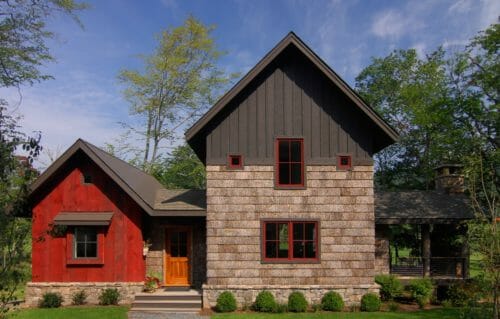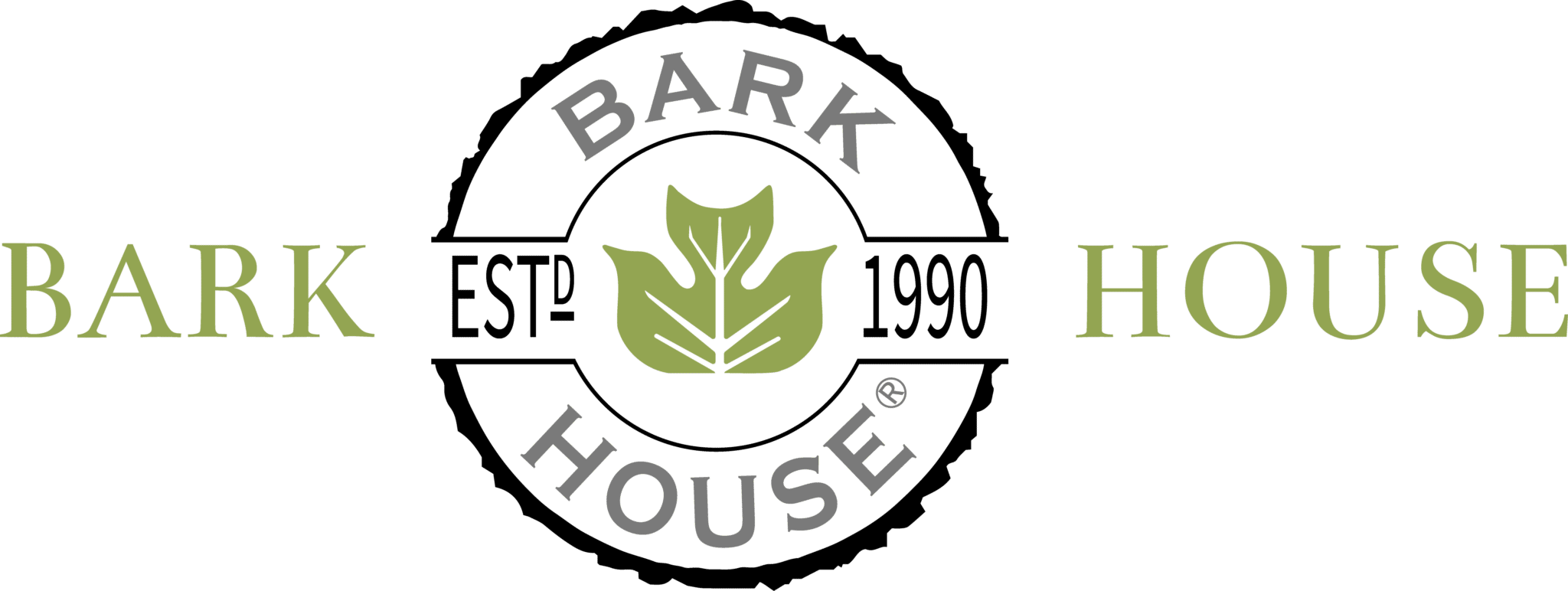5 Questions to Ask When Evaluating the Eco-Friendly Siding Materials
Given that awareness of sustainable architecture and design has been growing for several decades now, luxury designers are becoming familiar with the general qualities that make green building materials green. There’s even a growing consciousness of regenerative design as the next step in the evolution of sustainable thinking.
But just because one knows the theory doesn’t mean it’s always easy to apply. Fortunately, it is possible to gauge how green your eco‑friendly siding options are, if you ask the right questions.
 1. How was your siding product harvested?
1. How was your siding product harvested?
Regenerative evaluation should always start from square one. Look at how and where the materials for your bark siding product came from. Were materials natural, and if so, are they in plentiful supply, or at least renewable? Or better yet, was your hopefully eco‑friendly siding option made from recycled materials? Are they sourced locally, reducing the need for carbon emissions during transport?
Bark House siding is a good example of product harvested in a sustainable manner since it’s sourced entirely from reclaimed waste from local logging operations.
2. How was your siding manufactured?
Just because the source materials are regenerative doesn’t mean you’ve got an eco‑friendly siding option in your hands. You also want to make sure your product was manufactured in a way that reduces energy consumption, waste, and greenhouse gas emissions. For example, does your product even pay attention to the creation and life cycle of its packaging? Even the small details matter.
 3. Do the natural qualities of your bark siding fit into your regenerative design goals?
3. Do the natural qualities of your bark siding fit into your regenerative design goals?
Artificial solutions exist for addressing issues like:
- Controlling the sound qualities of your building project
- Lowering heating and air conditioning costs
- Preserving air quality
- Shielding your construction from outside damage.
But if a one‑size‑fits‑all natural solution exists, why not opt for that instead?
Bark siding acts a lot like bark acts in nature. Just as it insulates trees against extreme temperatures, pests, and disease, so too does bark siding protect the exteriors of whatever structures they adorn, including homes, cabins, and other buildings.
On top of this, tree bark panels also offer superior insulation and acoustic values. Finally, unlike VOCs and other artificial materials, natural materials like wood are helpful, not harmful, to indoor and outdoor environments.
With an eco‑friendly bark siding option, not only are you hitting multiple birds with one stone, you’re doing it nature’s way.
4. What happens to the siding at the end of its life cycle?
Your eco‑friendly siding option has made it this far. But what happens when you dispose of it? Does it degrade in a toxic way, like styrofoam, or add to landfill, like plastics?
Bark House bark siding is fully biodegradable, so there are no worries of products polluting the environment, whether the soil or our oceans, lakes, and rivers, at the end of their lifespans.
And finally:
5. What else is the manufacturer of your eco‑friendly siding option doing to save the environment, both natural and local?
Does the company actively contribute back to its ecosystems, both environmental and human?
Bark House contributes over 50% of its income directly back into the local Appalachian economy, investing in local watershed initiatives and actively educating employees and partners in regenerative practices to bring to their businesses. Talk about paying it forward.
Bark House’s Poplar Bark Wall Tiles are the world’s first and only product to have achieved a Cradle to Cradle® Platinum Level Certification for sustainability.
